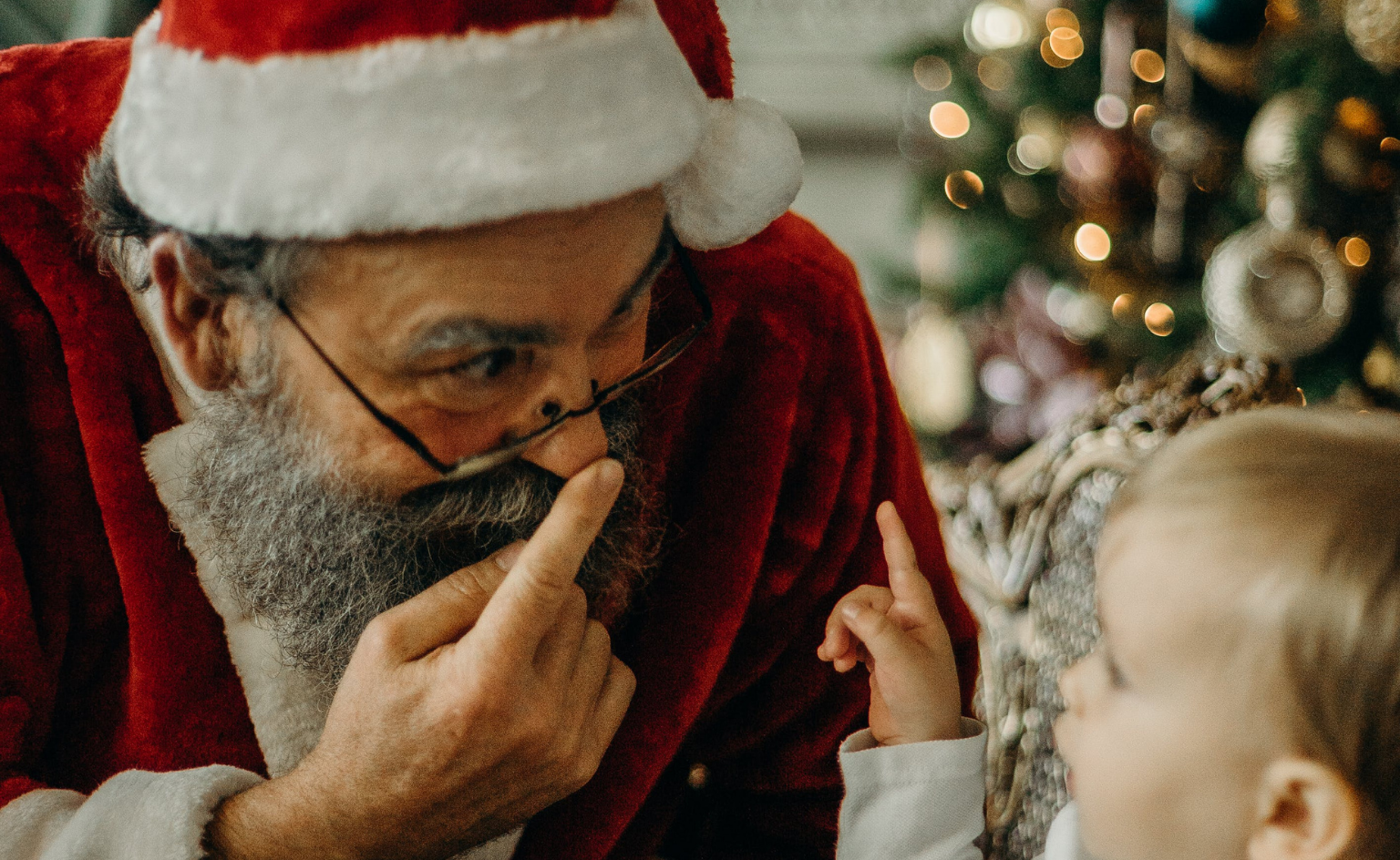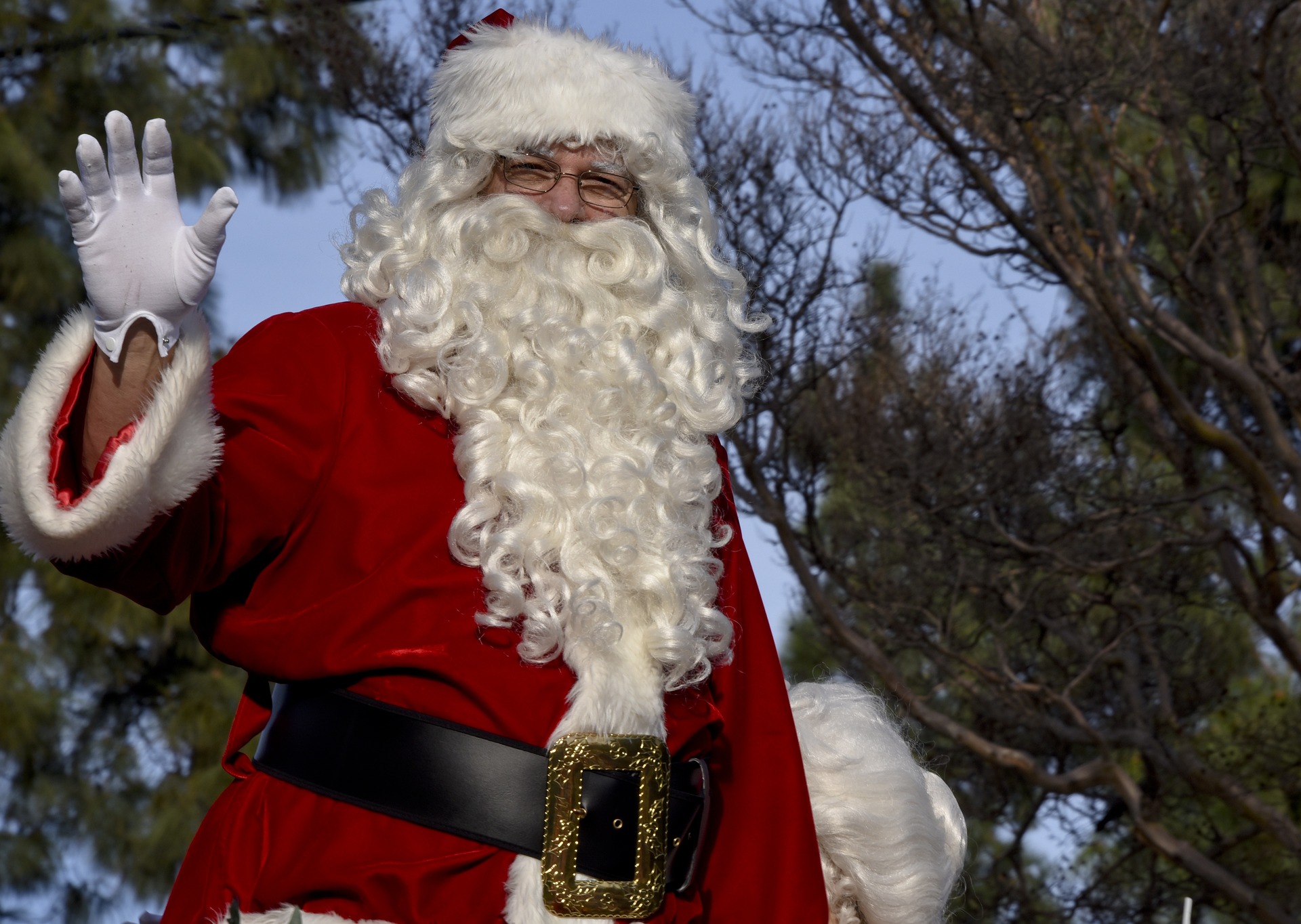As the winter season descends upon us, the air is filled with joy, warmth, and the unmistakable magic of Christmas. This festive season has transcended its religious roots to become a global celebration, and at the heart of it all stands a jolly, rotund figure in a red suit – Santa Claus. But who is Santa? What is the mysterious allure that surrounds him? In this blog, we delve into the myths, the traditions, and the unknown facts behind the enigmatic figure of Santa, exploring the depths of Christmas’s cultural and religious significance.
The Essence of Christmas: A Global Celebration
Before we unwrap the layers of the Santa mystery, let’s understand the essence of Christmas. Christmas is an annual festival commemorating the birth of Jesus Christ, observed on December 25th as a religious and cultural celebration. While it holds profound significance for Christians worldwide, the festive spirit of Christmas has expanded its reach, embracing people of diverse backgrounds and beliefs.

The holiday season is marked by a spirit of giving, joy, and togetherness. Families gather around decorated trees, homes are adorned with twinkling lights, and the air is infused with the aroma of festive treats. Amidst this jubilant atmosphere, one figure takes center stage – Santa Claus.
Myths and Legends: Unraveling the Yuletide Enigma
Christmas, like many traditions, is woven with myths and legends that add layers of intrigue to the celebrations. One such myth involves the figure of Santa Claus himself. The legendary Santa is said to reside in the North Pole, accompanied by a team of magical reindeer and industrious elves who help him prepare gifts for children around the world.
The iconic image of Santa Claus as a cheerful, gift-bearing figure is often traced back to various historical and cultural influences. The modern Santa, with his red suit trimmed with white fur, was popularized by the Coca-Cola Company in the early 20th century, solidifying the image that is now universally recognized.
Why Do We Celebrate Christmas?

The celebration of Christmas traces its roots to the Christian tradition of commemorating the birth of Jesus Christ. The story, as recounted in the Bible, speaks of a child born in Bethlehem to Mary and Joseph, surrounded by shepherds and angels. Over the centuries, Christmas has evolved into a celebration of love, hope, and generosity, transcending religious boundaries to become a global phenomenon.
The act of gift-giving during Christmas is often attributed to the biblical story of the Three Wise Men presenting gifts to the infant Jesus. Today, this tradition symbolizes the spirit of generosity and goodwill, emphasizing the joy of giving and sharing with loved ones.
The Enigmatic Santa Claus: Who is He?

Santa Claus, also known as Saint Nicholas, Kris Kringle, or Father Christmas, is a legendary figure who embodies the spirit of Christmas giving. The origins of Santa Claus can be traced back to the 4th-century Bishop Nicholas of Myra, known for his generosity and kindness. Over time, various cultures and traditions contributed to shaping the figure we recognize today.
The modern portrayal of Santa Claus is deeply influenced by Clement Clarke Moore’s poem, “A Visit from St. Nicholas,” commonly known as “The Night Before Christmas.” This poem, written in 1822, describes Santa as a jolly, plump figure who travels in a sleigh pulled by reindeer, delivering presents to children on Christmas Eve.
Religious Significance: Santa in a Spiritual Context
While Santa Claus is primarily associated with the secular aspects of Christmas, some argue that there is a spiritual dimension to his character. The virtues often attributed to Santa – generosity, kindness, and joy – align with the teachings of love and goodwill found in various religious and philosophical traditions.
In a spiritual context, Santa can be seen as a symbol of selfless giving and the embodiment of the Christmas spirit. The act of giving gifts mirrors the concept of sharing blessings and spreading joy, reinforcing the idea that the true meaning of Christmas goes beyond materialism.
Unknown Facts Behind Christmas: Unwrapping the Surprises

Beyond the familiar traditions, there are intriguing and lesser-known facts that add layers of fascination to the Christmas story:
Christmas Trees: The tradition of decorating Christmas trees has roots in medieval Europe. It is believed that the evergreen tree symbolizes eternal life and was adopted as a festive tradition.
The Real St. Nicholas: The historical figure of Saint Nicholas was a 4th-century Christian bishop in present-day Turkey. Known for his acts of generosity, he became the patron saint of children and sailors.
Gift-Giving Traditions: In many cultures, the tradition of giving gifts during the holiday season extends beyond Christmas Day. In some places, gifts are exchanged on St. Nicholas Day (December 6th), while others celebrate the Epiphany (January 6th).
Santa’s Different Names: Santa Claus goes by various names around the world. In Italy, he is known as Babbo Natale, while in Russia, he is called Ded Moroz. Each culture has its unique twist on the beloved figure.
Christmas Cards: The tradition of sending Christmas cards began in the 19th century. The first commercial Christmas card was created in 1843 in England by Sir Henry Cole.
Conclusion: The Timeless Charm of Christmas
In unraveling the known mystery of Christmas and the enigmatic figure of Santa Claus, we discover a tapestry of cultural, historical, and religious influences that contribute to the festive season’s timeless charm. Christmas, with its myths, traditions, and the embodiment of goodwill in Santa Claus, continues to captivate hearts around the world.
As we gather with loved ones, exchange gifts, and partake in festive traditions, let us not only embrace the joyous spirit of the season but also reflect on the deeper meanings that unite us during this special time of the year. Whether we view Santa as a secular symbol of generosity or appreciate the spiritual essence behind the traditions, Christmas remains a celebration that transcends boundaries, inviting us all to partake in the magic of the season.







